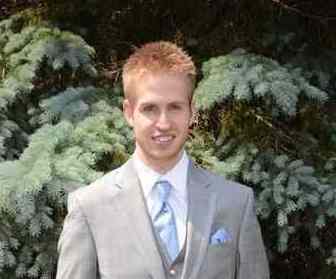
The atypical stoke survivor is over the age of 55. In this case, Andrew survived a stroke five decades earlier at age 15. While competing for his high school rugby team, Andrew executed a big tackle. In that maneuver, his opponent’s hipbone collided with Andrew’s face, breaking his jawbone, slicing into his carotid artery, and sending a blood clot to his brain.
It was three in the afternoon and Andrew was rushed to emergency services. He was stabilized and treated for his apparent injuries but the blood clot went undetected. Four hours after the accident, he started to feel the symptoms of a stroke. His right arm became weak. When he tried to speak to alert the medical personnel, he could only produce a few grunts and no comprehensive words. Reasoning that it was a side effect of the pain medications, Andrew went to sleep. At midnight, the blood clot released, damaging sections of Andrew’s brain and leaving him with paralysis on the right side of his body, impaired speech.
Speech therapy, physical and occupational therapies were part of his rehabilitation process. After conventional methods of therapy, he began to plateau in his progress after 18 months. While reading the newspaper, Andrew’s mother learned of a research study recruiting stroke survivors for an experimental electrical stimulation therapy. Andrew joined the trial at the Toronto Rehabilitation Institute. The device used surface stimulation along with patterned movements. For six months, Andrew and his mother drove to the laboratory for treatments. He began to see the benefits of the therapy and gained the ability to open and close his hand. Later he regained use of his arm and even the dexterity in his fingers.
Andrew is a pioneer as one of the first people to participate in this study for a novel therapy. Read more about his story and how the technology is impacting his life in the book, Bionic Pioneers.
Learn more about neurotech for stroke survivors in our directory here.

Thank you in advance!